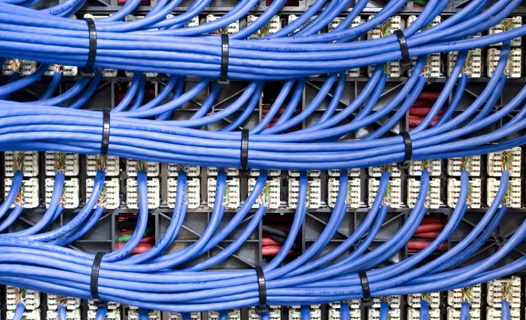Part 2 will discuss Long-Distance Team Collaboration, IP Omnipresence, and Confidentiality.
Long-Distance Team Collaboration
Health providers who use telemedicine to collaborate need high-quality video streaming. Adequate resolution without buffering is required whether telemedicine is being used locally or internationally. Poor-quality video is disruptive, and may prevent medical professionals from working together with accuracy and efficiency. Their systems will require greater bandwidth and lower network latency in order to promote improved collaboration, training, and patient care.
IP Omnipresence
A successful IP (Internet Protocol) means that almost all communication requirements can be accomplished by one network. Along with standard data, the IP network will handle access control, building automation, security, and video. Digital is transmittable over IP-based networks. Although medical facilities typically segregate medical and non-medical forms of data, the increasing prevalence of IP will result in significantly greater volumes of data needing transmission, which will require higher data speeds.
Confidentiality
Passed in 1996, HIPAA (Health Insurance Portability and Accountability Act) set forth requirements for protecting the privacy and confidentiality of patient data. The law requires data security, certain backup procedures, and the implementation of policies for handling data.
To meet these challenges, hospital networks will require higher bandwidths and more connections. Medical facilities will seek to support 10 Gb/s transmission speeds in critical areas and increase port densities to accommodate more users. The table below illustrates the estimated transfer times for transmitting one gigabyte at specific Ethernet speeds.
Ethernet Speed Estimated Time for Transferring 1 GB (min.)
10 Mb/s 14
100 Mb/s 1.4
1 Gb/s 0.14
10 Gb/s 0.014
The network is becoming increasingly crucial for medical facilities. Thus, higher data rates are needed to cope with the expanding volume of data. ANSI/TIA-1179 is the Healthcare Facility Telecommunications Cabling Systems standard, and it is followed by professionals in order to properly design and install a healthcare facility’s structured cabling system to meet its current and future technical requirements.
Progressive Office Cabling
Founded in 1986,
Progressive Office’s success has been a direct result of years of commitment to seeking cost-effective solutions. Working together, Progressive teams are committed to getting your data cabling, access control, and telecom systems installed and operating while minimizing disruption and downtime.
Call our toll-free number
(800) 614-4560 today.










